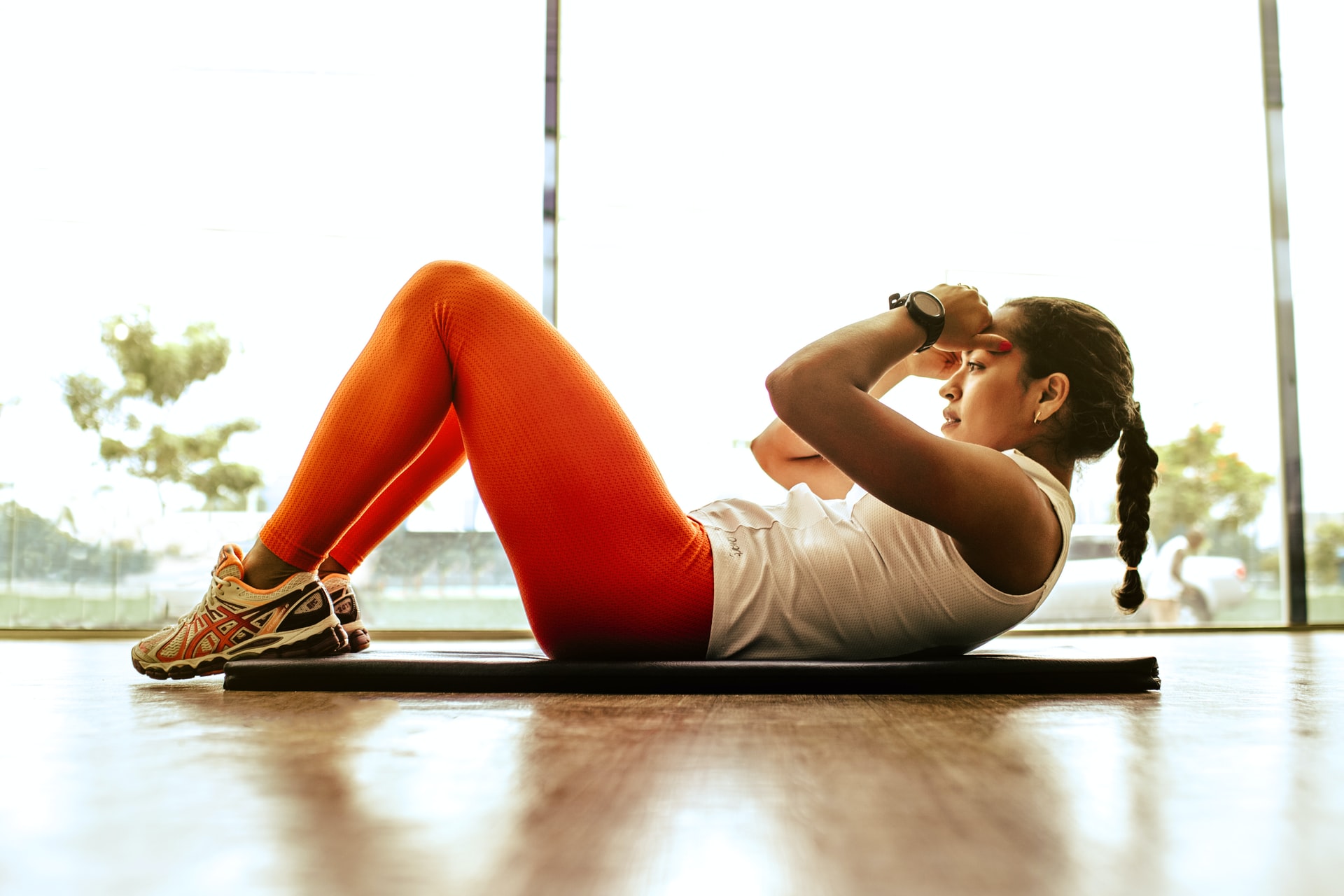Physical Fitness: The ‘All-In-One’ Cure?
Feb 06, 2022 — Ekta Chheda
Ekta Chheda is a Registered Dietitian and a Nutritionist. She holds a Masters degree in Clinical Nutrition and Dietetics. She has extensive clinical experience and has research papers published in International and National Journals to her name. She previously worked at health app SmitFit.
The new year brings with it many resolutions, the most popular being ‘getting fit’. Every January, there is typically a huge inflow of enrolments for gym memberships and exercise classes. In today’s fast-paced life, people really have to struggle to achieve fitness and wellbeing. And the pandemic hasn’t made reaching our fitness goals any easier.
Achieving fitness and staying fit has become a ‘modern problem’, owing to our sedentary lifestyles and the technology boom, making physical exertion less and less relevant. Inactivity and being sedentary has been called ‘the silent killer’, and sitting is the new smoking – simply implying that sedentary behaviour is considered hazardous to overall health and physical fitness
Having said this, we need to know what fitness is and why is it so essential to us. The meaning of the term ‘fitness’ has changed over the years. It has now expanded beyond regular gym activities to include many fancier trends like crossfit, Zumba, pilates and others. Fitness actually means the ability of an individual to carry out all routine activities with vitality and liveliness. Other aspects like wellness and good health have also been associated with fitness and rightly so.
The benefits of maintaining good fitness
There has been extensive research in the area of general fitness and health that emphasises its many benefits for all. Let's deep dive into the benefits of maintaining good fitness
-
Delays ageing and improves longevity: Physical activity and exercise helps in boosting immunity, improves heart health and strengthens the muscles. These benefits of improving fitness help in delaying ageing and increase life span
-
Helps in managing lifestyle disorders like type 2 diabetes, heart disease and others. One cannot emphasize enough the numerous systemic benefits that comes with improving general fitness by exercising. Staying fit helps in controlling raised blood glucose levels, improve insulin sensitivity and reduce insulin resistance. Apart from this, physical fitness is known to improve heart health by reducing blood pressure, increasing good cholesterol and enhancing overall cardiac function. It also reduces the risk of stroke and improves bone density
-
Helps in managing weight: Engaging in regular exercise helps to achieve fat loss, and enables to shed those extra kilos that wouldn’t budge through dietary changes alone! Improving fitness levels increases overall sense of wellbeing and body image
-
Reduces the risk of cancer: The risk of certain types of preventable cancers can be reduced by improving fitness levels.
-
Improves cognition and mood: Research states that regular physical activity releases ‘happy hormones’ that help in improving mood and a state of wellbeing. It also helps to enhance memory, improve focus and mental health
-
Lowers stress levels: A good exercise routine is known to lower stress levels, and improve sleep quality. This is essential to prevent lifestyle disorders and diseases.
Apart from these tangible and proven benefits, fitness is also known to improve overall sense of wellbeing, self-esteem and self-worth – something which everyone at some point strives for!
Flexibility, balance, strength and endurance
Knowing the numerous benefits of fitness and exercise, it is also important to include more than one type of exercise to reap maximum benefits. Fitness is more than lifting weights at the gym or running on a treadmill. It is focusing on other aspects like flexibility, balance, strength and endurance.
-
Flexibility: Stretching and Yoga help to improve flexibility. People belonging to all age groups can include age appropriate types of flexibility exercises in their routine to improve fitness. You can find some free yoga guidance here.
-
Balance: Balancing exercises, especially in elderly can prevent falls. Balancing exercises also improve co-ordination and focus. Tai-chi, an ancient Chinese tradition is an evolving form of balancing exercise that is literally known as ‘moving meditation’ and has gained popularity in recent times
-
Strength: It is all about muscles! Strengthening exercises involve weight training and resistance exercises that improve muscle tone and strength. Strength training has emerged in today’s times and goes beyond just lifting weights. Isometric exercises are another form of strength training exercises. Here is a glimpse of different types of Isometric exercises.
-
Endurance: We all need endurance in life, don’t we? Endurance exercises, as the name suggests helps to improve stamina. They are the aerobic type of exercises like swimming, brisk walking, cycling, and others that enhance heart health, improve lung function and help in managing weight.
It goes without saying that any form of physical exercise needs guidance and supervision and guidance from a trained professional. These days it’s never been easier, with virtual guides such as SmitFit available – an app that helps you to boost fitness, lose weight and manage chronic conditions.
Building exercise into your daily routine
Staying fit or working towards improving fitness is often not as difficult as our excuses tell us. Although COVID-19 pandemic has restricted outdoor activities, it has opened doors to many novel ideas for fitness like home workouts, virtual yoga classes, terrace exercises and others. Basic exercises like brisk walking, cycling, yoga and stretches can be routinely and safely done by most people looking to achieve some level of fitness. Besides these, here are some simple measures that one include in routine improve general fitness:
- Take the stairs instead of lift wherever feasible
- Walk short distances as much as possible
- Encourage outdoor activity and play time in children
- Move and stretch in between long working hours
Fitness is more of a journey than a destination, and each person’s journey is uniquely different. Consistency is the most important tool in this journey of fitness and health.
